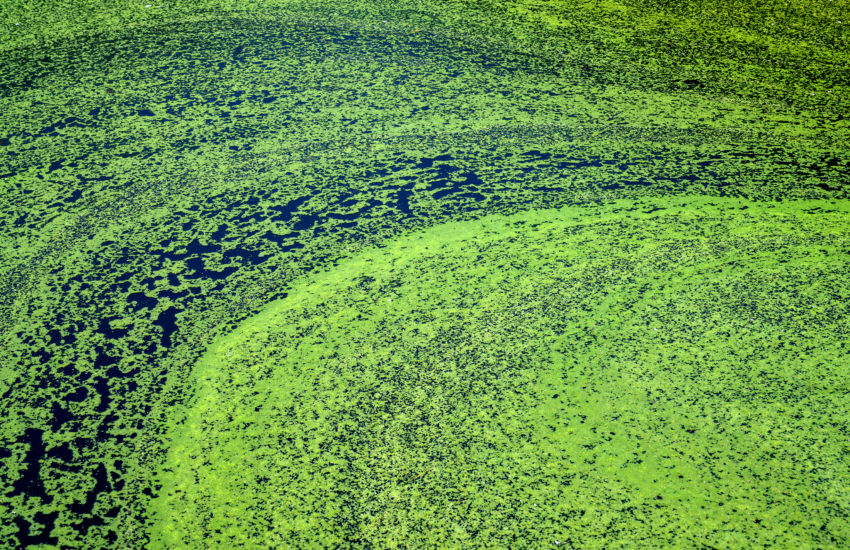On July 6, 2020, a federal district judge ordered the Dakota Access Pipeline to shut down. The judge vacated the easement allowing the pipeline to cross beneath Lake Oahe, which stands near lands held sacred by several Sioux tribes, until the U.S. Army Corps of Engineers completes a full environmental impact statement (EIS) under the National Environmental Policy Act (NEPA). Additionally, on July 7, 2020, a federal judge refused to put the decision to shut down the pipeline on hold pending appeal.
The Sioux tribes …
Continue Reading









